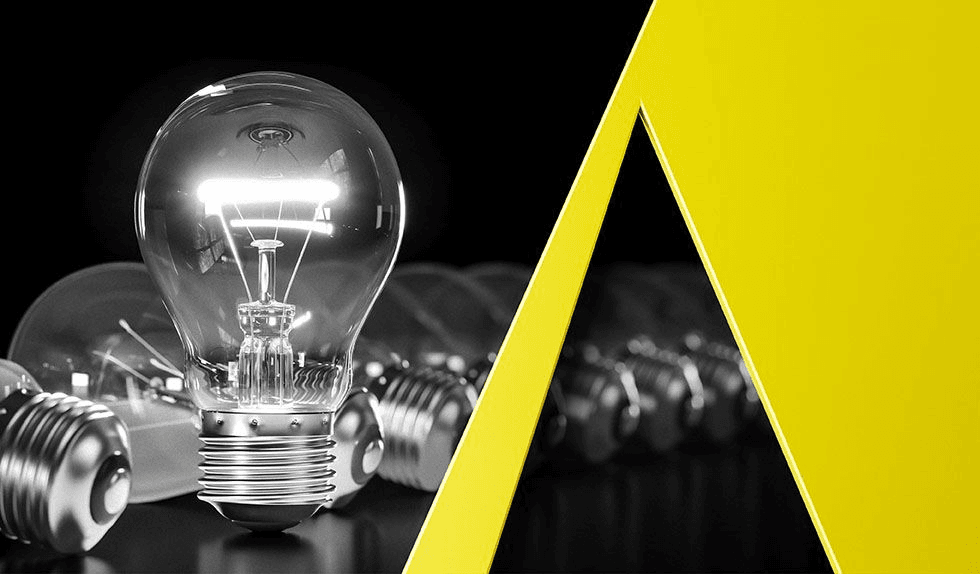In reaching its 62 decision, the Court also affirmed its prior decision in GlobalTech that induced infringement requires both (1) knowledge of the asserted patent and (2) knowledge that the actions induced constitute infringement. In doing so, the Court rejected Commil’s and the government’s argument that a defendant only needs to know of the patent to have the requisite intent for inducement. According to the Court, to rule otherwise would lead to an erroneous conclusion in induced and contributory infringement cases in which an accused infringer could be liable even though he did not know the induced or contributory acts were infringing.
The Court’s reasoning for its holding focused on the distinction between patent infringement and patent validity as two separate issues. The Court noted that “the scienter element for induced infringement concerns infringement; that is a different issue than validity. … Because infringement and validity are separate issues under the [Patent] Act, belief regarding validity cannot negate the scienter required under § 271(b).”
In reaching its decision, the majority laid out its support that validity and infringement are distinct issues under the law. First, the Court cited its own precedent that distinguished the two issues, noting that “seeking a declaratory judgment of invalidity presents a claim independent of a patentee’s charge of infringement,” that noninfringement and invalidity are considered “alternative grounds” to dismissing a suit, and that an accused infringer may defeat liability by proving either noninfringement or invalidity. Next, the Court pointed out that infringement and validity appear in separate parts of the Patent Act, and that an accused infringer may prevail by either attacking the validity of the patent or defending against infringement. The Court warned that the goodfaith defense of invalidity would conflate the issues of infringement and invalidity. Finally, the Court reiterated that a patent is presumed valid, and “if at the end of the day, an act that would have been an infringement or an inducement to infringe pertains to a patent that is shown to be invalid, there is no patent to be infringed.”
Justice Scalia, joined by Chief Justice Roberts, argued in dissent that a wouldbe defendant who has a good faith basis to believe that a patent is invalid should be free to act without liability regarding inducement because “[t]o talk of infringing an invalid patent is to talk nonsense.” They pointed out that “it is impossible for anyone who believes that a patent cannot be infringed to induce actions that he knows will infringe it.” The justices argued that the “presumption of validity is not weakened by treating a goodfaith belief in validity as a defense to induced infringement [because a]n alleged inducer who succeeds in this defense does not thereby call a patent’s validity into question [but] avoids liability for a third party’s infringement of a valid patent.” Both justices believe that the majority opinion “increases the in terrorem power of patent trolls.”
Commil USA LLC v. Cisco Sys., Inc., 2015 U.S. LEXIS 3406, Case No. 13896, U.S. Supreme Court (May 26, 2015) (J. Kennedy).


